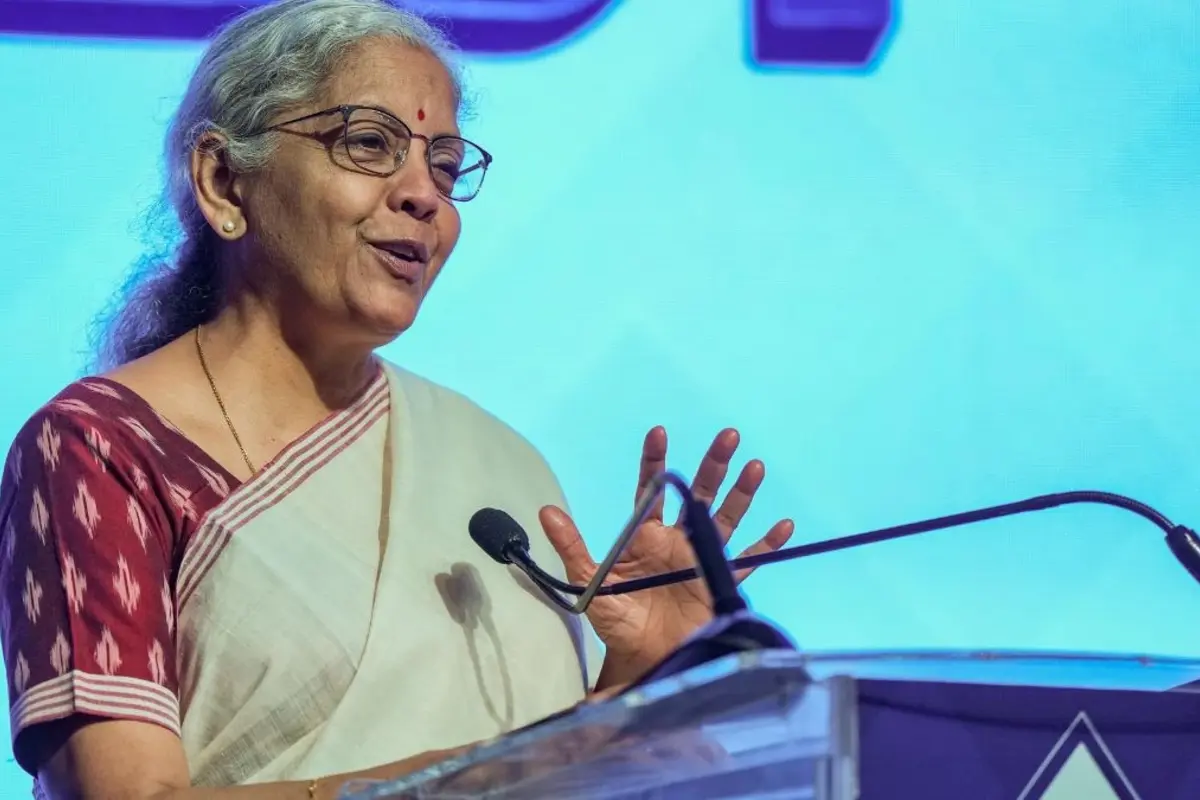
With cumulative foreign direct investment inflows of $38.7 billion from April 2000 to March 2023, Japan ranks sixth among investors in the Indian economy. More than 1,439 Japanese firms are currently active in India, working in a variety of industries, including chemicals, consumer goods, consumer electronics, consumer electronics, medical equipment, textiles, and food processing. Sitharaman added, "You (Japanese investors) are actually dealing with the majority of the huge projects, which are very futuristic and will raise India's infrastructure to a completely new level of world-class infrastructure.
The government’s focus, according to finance minister Nirmala Sitharaman, is on the four “I’s” of inclusion, innovation, infrastructure, and investment as it works to transform India into a developed country by 2047, the country’s 100th anniversary of independence. The best use of the young demographic profile and a number of investor-friendly changes implemented by the government, according to Sitharaman, who asserted that the country is capable of achieving the objective set by the prime minister.
“We are taking a very serious look at infrastructure (first I). Public spending on infrastructure projects has increased steadily and dramatically over the last three to five years, and it will exceed Rs 10 trillion in 2023–24, according to the official.
With infrastructure comes investment (second I), she said, adding that emphasis on investment will promote greater participation of both the public and private sectors.
She explained that the focus will not only be on physical infrastructure such as bridges, roads, ports or airports, but also on creation of digital infrastructure. “We are looking for both public investment and private investment and creating the necessary environment and ecosystem for attracting investment. And with global discussions going on, blended finance is also something that we’re looking at,” she said.
Stating that innovation is the third I, she said, “the government has opened up several areas to get out of fossil fuels. We have enough reason to believe that the youth today are giving us solutions that are very good for the frontier technologies that we’re talking about, as much as for the legacy issues that persist in India for which we need solutions.” On inclusiveness, the fourth I, the minister said the idea is to make sure that every section of India, including the common man, benefits from investments, reforms and assorted government schemes.
Lauding Japan for being the biggest investors in India’s metro rail and bullet train projects, Sitharaman urged Japanese industry to invest in new growth areas such as green hydrogen, semiconductor and AI.
With cumulative foreign direct investment inflows of $38.7 billion from April 2000 to March 2023, Japan ranks sixth among investors in the Indian economy. More than 1,439 Japanese firms are currently active in India, working in a variety of industries, including chemicals, consumer goods, consumer electronics, consumer electronics, medical equipment, textiles, and food processing. Sitharaman added, “You (Japanese investors) are actually dealing with the majority of the huge projects, which are very futuristic and will raise India’s infrastructure to a completely new level of world-class infrastructure.
(With Input source)

















